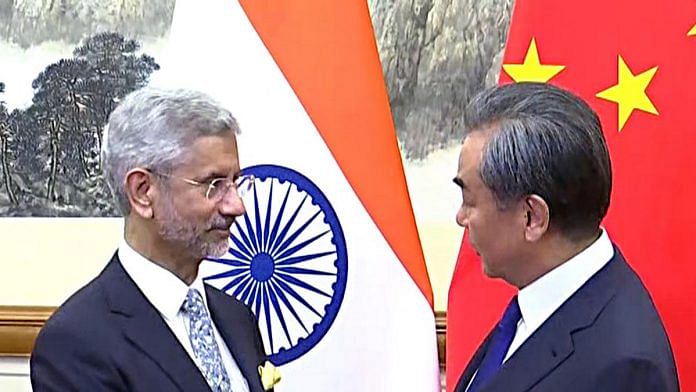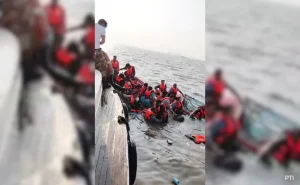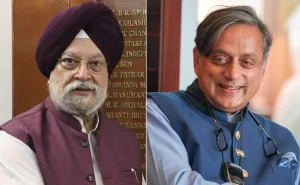On Thursday in Astana, Kazakhstan, at the Shanghai Cooperation Organization (SCO) Heads of State conference, Foreign Affairs Minister S. Jaishankar met with his Chinese colleague Wang Yi.
The two leaders’ discussions centered on finding a solution to China’s and India’s ongoing border conflicts, especially in the Ladakh area along the Line of Actual Control (LAC).
In his discussion with Wang Yi, Jaishankar emphasized the urgency of resolving the outstanding concerns in border areas as soon as possible. In order to find an early solution to the outstanding concerns in the border areas, the two ministers decided to “redouble efforts through diplomatic and military channels”.
“It is crucial to uphold the LAC and guarantee calm and harmony in the border regions. Our bilateral relations shall be guided by the three mutuals: mutual respect, mutual sensitivity, and shared interest,” Jaishankar tweeted following the meeting.
In May, the eastern Ladakh border dispute marked the start of its fifth year. When deadly fighting broke out between Indian and Chinese forces in the Galwan Valley region in 2020, tensions soared. Both sides have strengthened their military presence in the area since then.
There are still a number of unresolved issues of contention along the LAC, despite the fact that both China and India have left some disputed territories. The continuous hostilities along the border between the two countries, according to Jaishankar, have “not served either of us well”.
Prior to the two-day conference, the Foreign Minister met with his Kazakh colleague Murat Nurtleu upon arriving in Kazakhstan on Tuesday for the SCO annual summit. The leaders discussed a range of topics, including India’s growing involvement in Central Asia.
One of the biggest transregional international organizations, the SCO is a prominent economic and security group made up of India, China, Russia, Pakistan, Kazakhstan, Kyrgyzstan, Tajikistan, and Uzbekistan.
The Ministry of External Affairs states that at the summit, the leaders will examine the organization’s accomplishments over the last 20 years and talk about the current state and future directions of multilateral cooperation. According to the statement, current topics of regional and global significance are also anticipated to be covered at the summit.













